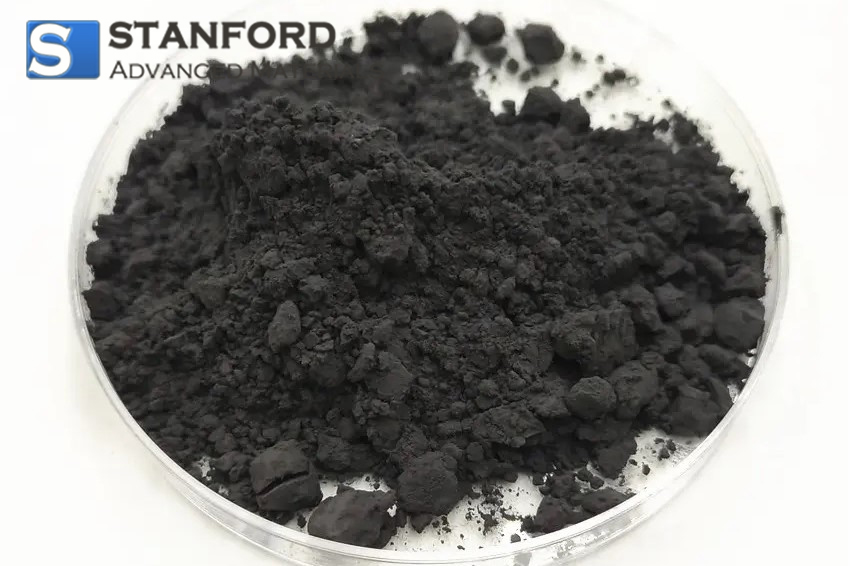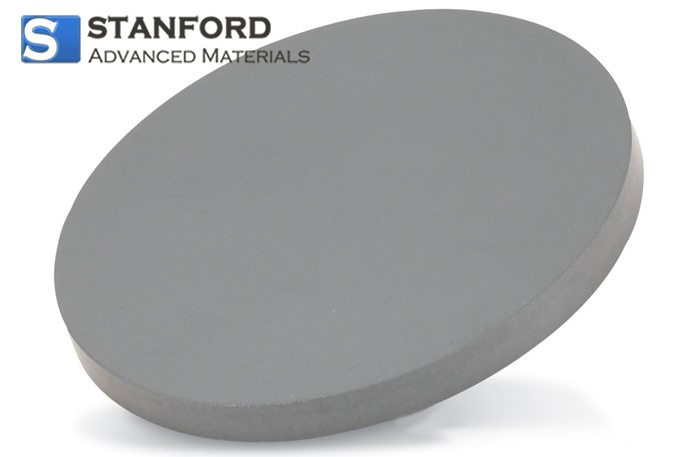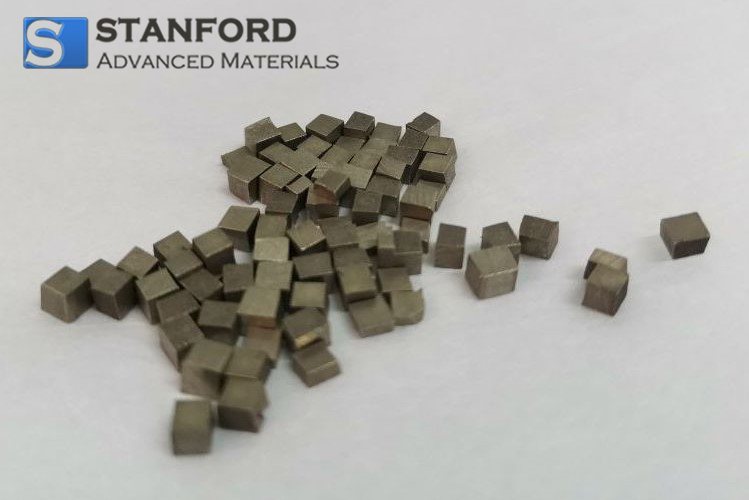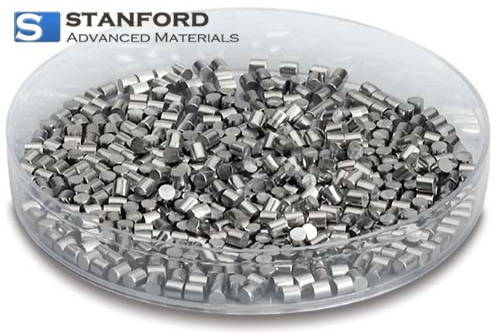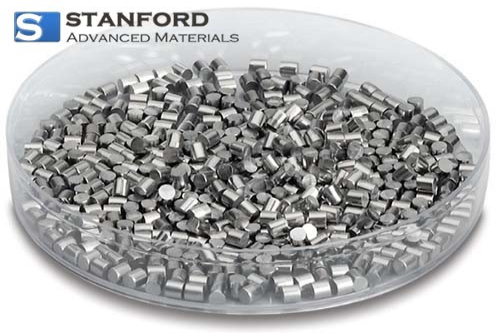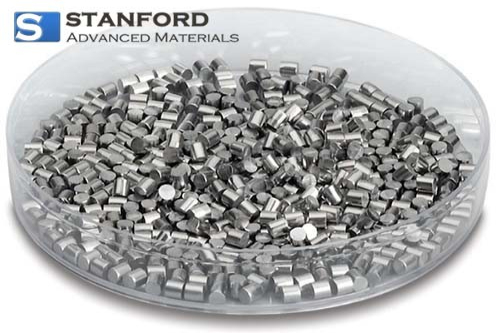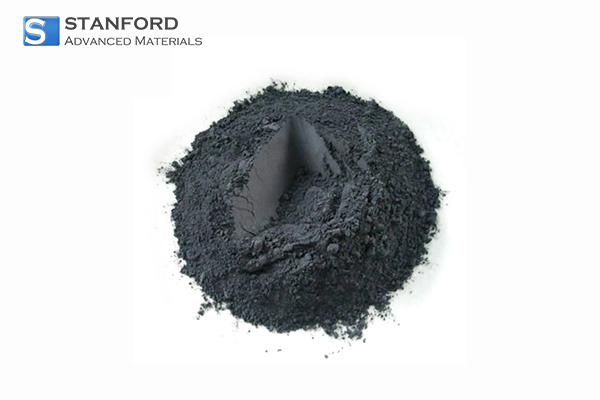Cobalt Aluminide (CoAl) Description
Cobalt Aluminide is generally immediately available in most volumes. High purity, submicron and nanopowder forms may be considered. An aluminide is a compound that has aluminum with more electropositive elements.
Since aluminum is adjacent to the nonmetals on the periodic table, it forms compounds with properties intermediate between those of a metallic alloy and an ionic compound. Aluminides have found applications in hydrogen storage technology, industrial manufacturing, and in coatings for furnaces and other high-temperature applications.
Cobalt Aluminide (CoAl) Synonyms
cobalt aluminide, Co, Al, cobalt aluminide sheet, cobalt aluminide foil, cobalt aluminide powder, aluminides

Cobalt Aluminide (CoAl) Physical Properties
Powder, sheet, foil
Cobalt Aluminide (CoAl) Typical Applications
1. Aerospace industry: It is used in the manufacturing of high-temperature components, such as turbine blades and combustion chambers for aircraft engines. Cobalt Aluminide Powder has excellent heat resistance, strength, and creep resistance, making it suitable for these demanding applications.
2. Automotive industry: Cobalt Aluminide Powder is employed in the production of automotive exhaust valves and turbocharger rotor components. These components require high temperature and wear resistance, and cobalt aluminide provides the necessary properties.
3. Power generation: It is used in the construction of gas turbine components and catalytic converters for power plants. Cobalt Aluminide Powder can withstand high temperatures and harsh environments, ensuring the durability and efficiency of these critical components.
4. Petrochemical industry: Cobalt Aluminide Powder finds applications in catalytic processes in the petrochemical sector. Its high-temperature stability and ability to promote chemical reactions make it suitable for use in catalysts for hydrocarbon conversion and other refining processes.
5. Research and development: Cobalt Aluminide Powder is also utilized in research and development, especially for investigating the properties and behavior of intermetallic compounds. Its unique properties make it an interesting material for scientific studies and experimentation.

